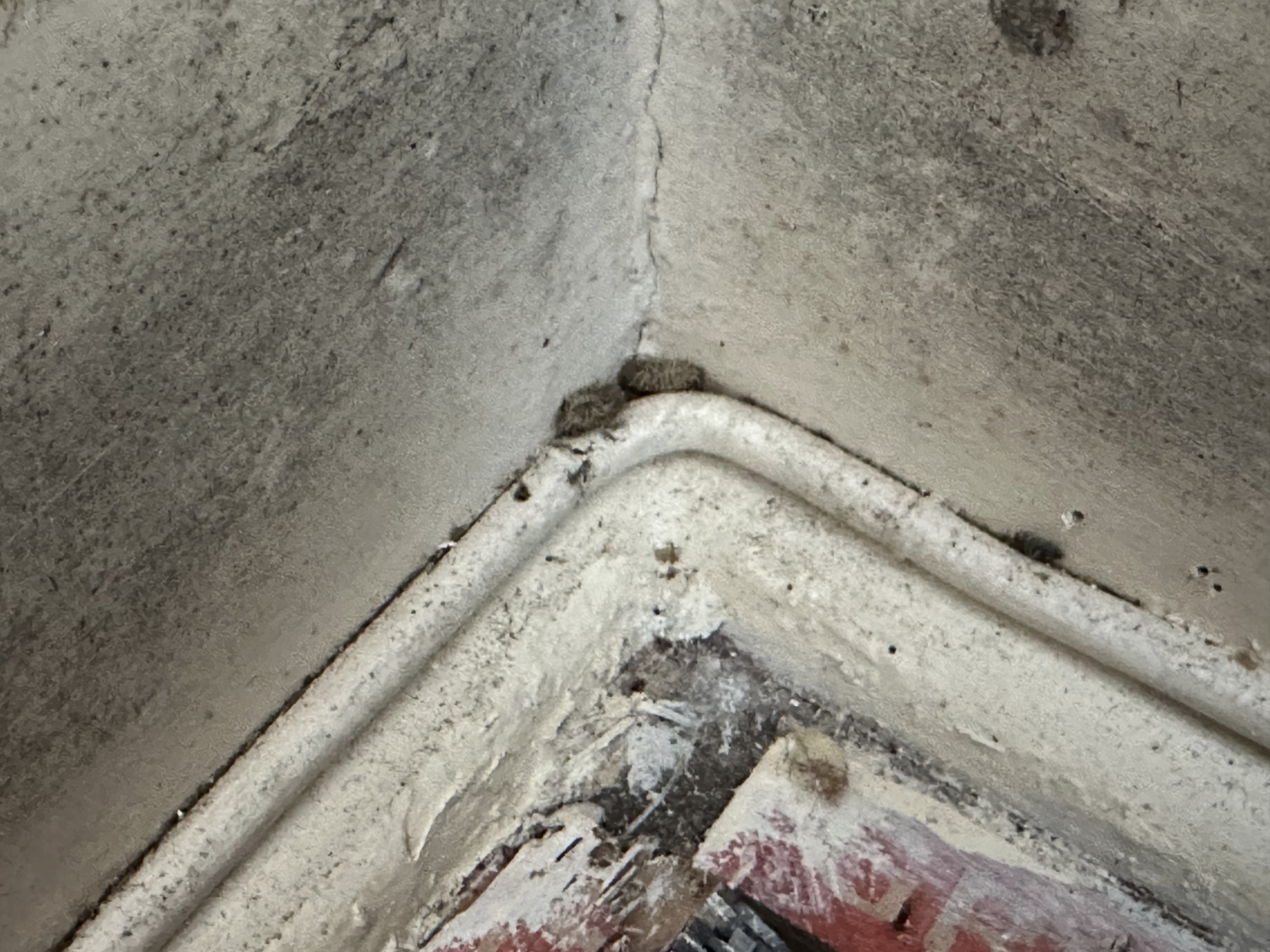
Damp Survey London
Simple advice to help improve damp issues in your home.
Since the very unfortunate case of two-year-old Awaab Ishaak sadly dying due to damp and mould at his home we have seen enquiries for damp and timber surveys multiply. We do not believe that damp issues have suddenly got worse but rather there has been an understanding and desire to resolve these problems from home owners and landlords.
This may be considered that some good has come from this tragedy. In a previous life, Dave Smith worked for a large London based social housing provider and he can safely say that this is not an isolated case. The standards that people are kept in are terrible to say the least ins ome cases. What is worse is that the standard of surveyors working for local governments can vary immensely. Misdiagnosis, not understanding the route causes and inappropriate repairs leads to immense physical and social pressure.
The purpose here therefore is to make homeowners a little more knowledgeable about damp in buildings, the causes, effects and some potential treatments.
What is mould?
Mould is a type of fungus that grows in the form of multicellular filaments called hyphae. Moulds can grow on a variety of surfaces, including food, plants, and building materials such as wood and drywall. They require moisture to grow and can often be found in damp or humid environments.
Mould can be a health hazard when it grows indoors, as it can release spores into the air that can cause allergic reactions, respiratory problems, and other health issues. Some moulds can also produce mycotoxins, which are toxic substances that can cause illness if ingested or inhaled.
Mould can be identified by its characteristic fuzzy appearance and musty smell. It can be removed from surfaces using a variety of methods, including bleach solutions, vinegar, or commercial mould cleaners. Preventing mould growth involves keeping indoor environments dry and well-ventilated, fixing any leaks or moisture problems, and promptly cleaning up any water spills or floods.
Is mould bad for my health?
Mould can be bad for your health, especially if you are exposed to it for an extended period of time or if you have a pre-existing condition such as asthma, allergies, or a weakened immune system.
When mould spores are inhaled or come into contact with the skin, they can cause a range of health problems, including:
Allergic reactions: Some people may experience allergic reactions to mould, which can cause symptoms such as sneezing, runny nose, itchy eyes, and skin rashes.
Respiratory problems: Mould spores can irritate the lungs and airways, leading to symptoms such as coughing, wheezing, and shortness of breath. In people with asthma or other respiratory conditions, exposure to mould can trigger or worsen their symptoms.
Infections: Some types of mould can cause infections, especially in people with weakened immune systems or those with pre-existing lung diseases such as chronic obstructive pulmonary disease (COPD).
Toxicity: Certain types of mould produce mycotoxins, which can be toxic if ingested or inhaled. Prolonged exposure to mycotoxins can cause a range of health problems, including neurological damage, immune system suppression, and cancer.
If you suspect that you have mould in your home or workplace and are experiencing any of these symptoms, it is important to seek medical attention and have the mould removed as soon as possible.
How do I reduce condensation in my home?
Condensation occurs when warm, moist air comes into contact with a cooler surface and the moisture in the air turns into water droplets. This can lead to dampness, mould growth, and other problems in your home. Here are some tips to help reduce condensation in your home:
Ventilate your home: Good ventilation is key to reducing condensation. Make sure that your home is well-ventilated by opening windows and using extractor fans in bathrooms and kitchens when cooking or showering.
Insulate your home: Insulating your home can help to keep it warmer and reduce the temperature difference between the inside and outside, which can reduce the amount of condensation that forms on windows and other surfaces.
Use dehumidifiers: Dehumidifiers can help to remove excess moisture from the air, reducing the amount of condensation that forms. Place them in rooms that are prone to condensation, such as bathrooms and kitchens.
Wipe down surfaces: Wiping down surfaces such as windows and walls can help to remove any condensation that has formed, reducing the amount of moisture in your home.
Dry clothes outside: Drying clothes indoors can release a lot of moisture into the air, leading to condensation. Whenever possible, dry clothes outside or in a well-ventilated room.
Heat your home evenly: Uneven heating can create areas of cold air, which can lead to condensation. Make sure that your home is heated evenly, and avoid leaving cold spots, such as behind furniture or curtains.
By following these tips, you can reduce the amount of condensation in your home, which can help to prevent dampness, mould growth, and other problems.
What is interstitial condensation?
Interstitial condensation is a phenomenon that occurs when water vapor in the air inside a building reaches a point where it condenses on a cool surface within the building structure. This can occur when the temperature within the building falls below the dew point, which is the temperature at which the air can no longer hold all of the water vapor it contains.
When this happens, the excess moisture in the air will condense on cool surfaces such as walls, floors, or roofs, which can lead to problems such as mould growth, decay of building materials, and reduced insulation performance.
As always, Smith Heritage Surveyors are on hand to assist you. If you are suffering with damp and mould in your property then please do get in touch. We can carry out damp and timber surveys or specific defects surveys where required.